Field Pumpkin, Zucchini, Summer Squash, Spaghetti Squash, Acorn Squash, Courgette, Marrow, Ornamental Gourd, Patty Pan Squash, Pumpkin, Winter Squash
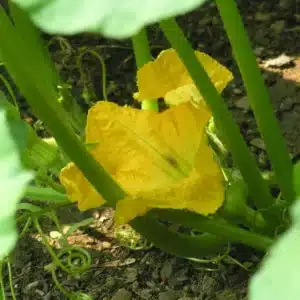
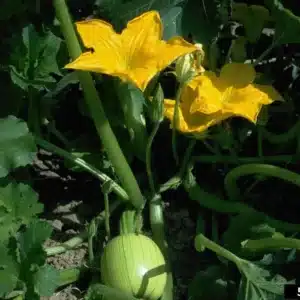
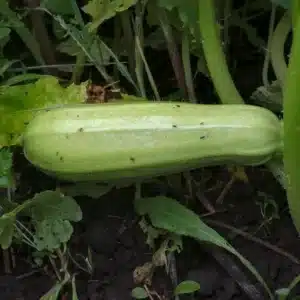
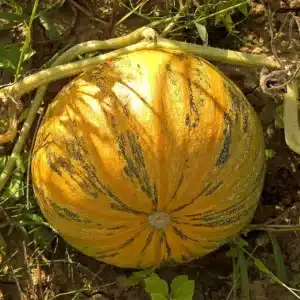
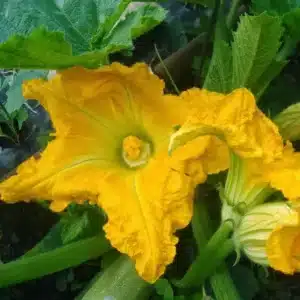
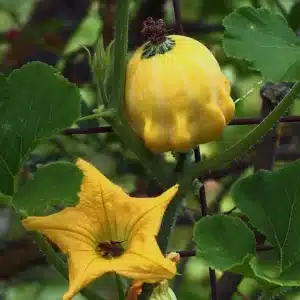
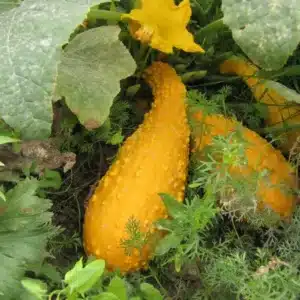
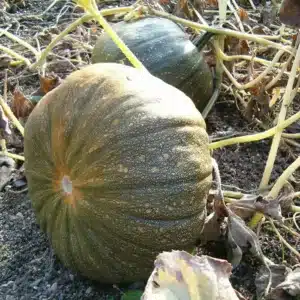
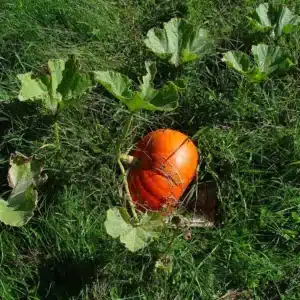
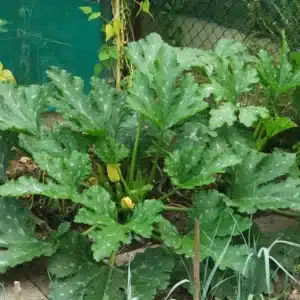
Squash grows best in soils that have organic matter. An application of 2 to 3 inches of organic material such as compost, leaves, or rotted hay over the planting area is recommended. Till to mix this organic material into the top 8 to 10 inches of soil. Propagation is by seed. Squash is best grown in fertile, organically rich, medium moisture, well-drained loams in full sun. Plant in the spring after the last frost date has passed. For a fall crop, plant early so the squash will mature before the first killing frost. Seeds may be planted outdoors when soil temperatures have risen to at least 65 degrees F., typically about the time of last spring frost. The distance needed between plants varies depending on the plant variety and growing method. In general, for row planting bush-type plants, place 3 seeds together 2-3′ apart in rows 3-6′ apart. Thin later to 1 or 2 plants per hole. Vining types need to be spaced 3-4′ apart in rows 8′ apart. Seed can also be started indoors about 3 weeks before the last spring frost date. Set the young plants out after the last frost date. Seedlings are cold-sensitive. All winter squash varieties require a long growing season from 75 to 100 frost-free days. Sow seeds by late May in northern locations and closer to early July in more southern, warmer states. Harvest squash in autumn when the fruits are fully mature.
Squash should be maintained with consistent soil moisture. A layer of clean mulch helps to keep the plants moist and reduces the risk of bacterial rot affecting the developing squash. Squash may be grown up onto supports or maintained horizontally on the ground. The fruit should rest on dry mulch while it matures. Squashes can be divided into two general categories: summer squash (eaten as immature fruits before seeds harden) and winter squash (eaten only after fruit has grown to maturity). Fruits resting on mulch, straw, or boards resist rot. Plants will continue to produce until the first frost if all fruits are picked prior to maturity. Harvest summer squash when young before flesh gets woody and seeds harden. Harvest winter squash when mature but prior to first fall frost.
Add 2 to 3 pounds of fertilizer, such as 10-10-10, for every 100 square feet of garden area. If you plan to grow only a few plants, use 2 to 3 tablespoons of fertilizer for each hill. Scatter the fertilizer evenly over a 2-foot by 2-foot area. Work it into the top 3 to 4 inches of soil. A balanced liquid fertilizer (10-10-10) can be applied every two weeks. When the first blooms appear, place about 2 tablespoons of garden fertilizer around each hill. Do not let the fertilizer touch the plants. Water the plants after fertilizing. Organic fertilizers (4-6-4) provide fertilization and improve the soil. The best long-term fertilizer is well-aged compost. Compost only has 2 percent nitrogen, and it releases slowly over many years. Compost won’t cause runaway vegetative growth at the expense of fruit.
Diseased or damaged vines may be trimmed at any time. The physical removal of squash borer larva from squash vines may become a frequent or routine intervention.
Squash and the many related vegetables are subject to attack from insect invasion and diseases. If pest management is desired within an organic garden then BT (Bacillus Thuringiensis) which is a Gram-positive, soil-dwelling bacterium should be considered as a primary control of the most common insect pests. It is available in a powder-dust and liquid formulation. If chemical control is necessary the directions and warnings should be carefully followed. Cucumber beetles carry bacterial wilt. Control with BT is suggested. Squash borers (caterpillars) tunnel into stems, causing that portion of the vine to wilt. Look for entry holes with droppings outside, make a vertical slit in the problem stem, and remove the caterpillar. Squash bugs can be removed by hand or by placing boards near the plants at night (bugs hide under the boards and can be destroyed the next morning). The squash bug can be controlled with BT or with sevin or thiodan if larger areas must be covered. Cucumber beetles can be controlled with BT applied during the growing season. Additional potential insect pests include aphids, cutworms, pickleworm, leaf miners, whiteflies, squash bugs, and stink bugs. Mites may infest the plants and cause leaf and stem damage. A neem oil spray is suggested to control mites. Potential disease problems include bacterial wilt, fusarium wilt, blossom end rot, choanephora rot, downy mildew, and powdery mildew. Watermelon and cucumber mosaic virus may appear. Crop rotation and the selection of genetically improved varieties is recommended.







